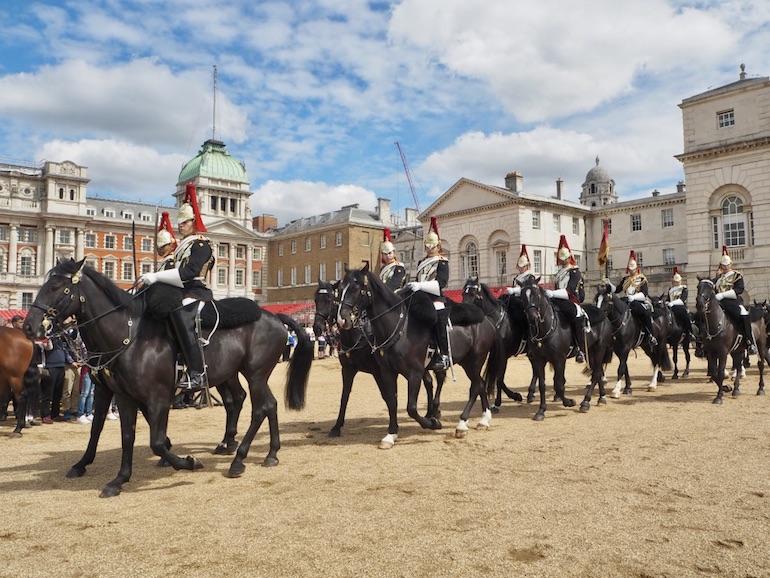THE HORSE GUARDS IN ARCHAEOPOLIS
The story of an unimaginable yet wonderful archaeological find

The fortifications at Nokalakevi in Samegrelo, western Georgia, have since the 1830s been identified with the late Roman fortress of Archaeopolis described by Procopius of Caesarea in the sixth century AD. Large-scale excavations since 1973 have revealed three phases of fortification wall which define the 20ha site, the first dating to the fourth century AD and culminating in a substantial refortification dating to the reign of the emperor Justinian (AD 527-565). These excavations have also revealed the foundations of a number of late Roman stone buildings, produced evidence of a sizeable Hellenistic period settlement and necropolis, and demonstrated that occupation of the site dates to at least the eighth century BC. In 2001 the Georgian National Museum expedition established a collaboration with a British team of archaeologists, historians and other specialists. The Anglo-Georgian Expedition to Nokalakevi (AGEN), led by Professor David Lomitashvili, has today been working at the site for over ten years.
In August 2002, local workmen were removing the topsoil from what was to become 'Trench B'. The men, some of whom had been employed in seasonal archaeological work here since the 1980s, were finding and discarding large numbers of modern pottery sherds until one happened to catch the eye of an archaeologist. To mixed reactions from the British and Georgian members of the team—including laughter, fascination and indifference—this one sherd was passed from person to person, each time being subjected to scrutiny from every angle. On this fragment of small plate (possibly a twifler or muffin), a pink, transfer-printed design clearly showed a European urban scene from around the mid-19th century. What was most striking, however—and perhaps surprising given how little of the original piece survived—was the incomplete lettering below, which read:
[H] O R S E G U A R D S
To our surprise, the Anglo-Georgian Expedition to Nokalakevi had, in the first days of its second season of excavation, unearthed a fragment of 19th-century pottery depicting Horse Guards Parade in London.

Paul Everill (University of Winchester), ‘Excavating a memory: the British in Georgia’—in Anatolian Studies 62 (2012), pp. 153-162, published by the British Institute at Ankara.
Unless stated otherwise or obviously not the case, all the text and images on this website are © A.J.T. Bainbridge 2006-2022
Do get in touch! Gmail: alexjtb
